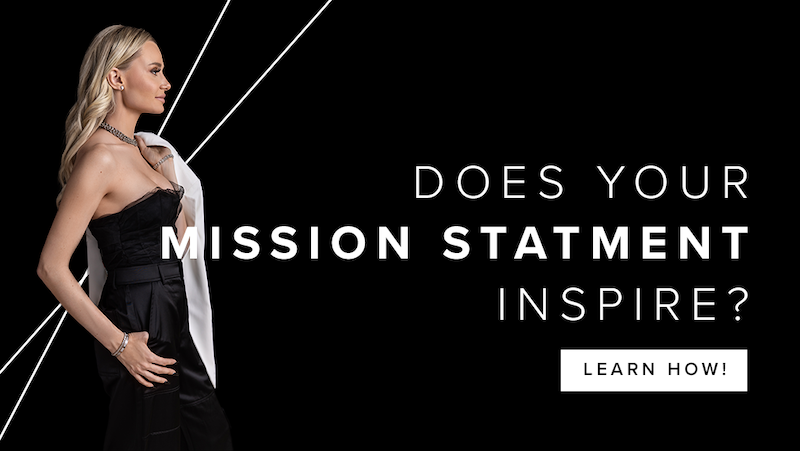Do you know everything you could about vision statements?
I absolutely love getting the opportunity to teach and discuss the myriad topics that fall under the umbrella of team building — if it pertains to the art and science of building, growing, and sustaining great teams so businesses can thrive, then I’m all about it.
One thing I’ve noticed over the last year or so since I published my first book, TeamWork, is that there’s still a lot of confusion out there in the business world about vision statements.
In part, it’s being able to break down and articulate some of the meatier aspects of vision statements, like the “where your business is going,” “where the target is,” or even “what the 10 year picture looks like.”
People will often scoff at these exercises because they seem so simple, but when you sit down to actually document your vision, honestly, it can be pretty difficult to create something that stands up to scrutiny.
But what I’ve also noticed over this past year of speaking and networking across multiple industries is that there’s still work to be done in helping people understand the critical differences between the three different types of vision statements your business needs to thrive.
Your brand, people, and revenue vision statements
So let me be absolutely clear about this: When I’m referring to three different types of vision statements, I’m really referring to how our vision for the organization impacts three specific things: our brand, our people, and our revenue. It creates a comprehensive vision for the long-term organizational planning that’s crucial to the business’s growth.
And it doesn’t have to be this overly formal set of statements that you need to weave together in a complicated way. Simplicity and clarity are the goal here.
I’ll use Cardone Ventures as an example.
Our brand vision statement at Cardone Ventures is to impact 1 million 10X businesses. Pretty succinct, right? There’s no fluff. No BS. It’s saying exactly what we envision ourselves doing, and it encapsulates our goal for the brand.
A vision statement isn’t a hope — it’s a roadmap
But in association with that brand vision statement, we also have a team vision statement that pertains to what it will look like for our people if we impact 1 million 10X businesses, and what it will look like for our revenue if we impact 1 million 10X businesses.
This clarifies A LOT of things for us.
Like if we impact 1 million business owners, how many team members will Cardone Ventures have in that context? When we hit that target how much revenue will we be generating? When are we forecasted to hit that target?
I recently did this activity in my People Essentials workshop with one of our clients — a really awesome business. The act of going through this Vision Statement exercise really shed some light on things they weren’t even considering about their business.
They’re going through the math of everything, and they’re like, “Oh my gosh, I didn’t realize that we’re spending a lot of our resources — our time, energy, and people — on projects that don’t actually get us closer to our 10-year revenue target.
How they thought about their business completely shifted going through a vision statement activity. Suddenly, the next 10 years were laid out right in front of them.
For those of us on the leadership team at Cardone Ventures, we know that our 10-year revenue target is 10 billion, so that tells us that we need to prepare for creating opportunities for 50,000 employees! Exciting stuff. But, holy shit, that is a significant target.
Well-constructed vision statements spur action
Vision statements are really where the rubber meets the road, though, because we create this vision for ourselves, and instead of it just looking nice or feeling nice, it makes us strive for the ways in which we can make it tangible. We start to ask those, “How could I?” questions.
This is where you move yourself from vision to action. Let’s put it into more concrete terms.
Say you’re a business owner who knows in your heart that you’re capable of creating a ten or thirty or even a hundred million dollar business, then you need to get real about how many customers you’re going to have to serve and how many people you need to support them.
Once you start to key in on these details, things are going to crystallize for you in terms of what you’re going to need to do in order to attract the clients and team members you’ll need to achieve your goals.
Basically, start with the end in mind and reverse engineer the process needed to get you there. If this is where you’re going, what are the routes that will get you there?
When you can finally wrap your mind around how big you want your business to be, the more real you can make your revenue target, the number of people you’re going to impact, and what your workforce needs will be, but remember that you need to create a real system here. This isn’t just you asking your employees to talk to their friends about working for you.
Like, we’re talking about hiring 40,000 employees over the next decade. We can’t rely on a friends and family-style approach.
Why having a 10-year target is essential to your success
Why do I always start with a 10-year revenue target? Because the numbers are so much clearer. Here’s what I mean.
Say that right now, your business is doing $1 million a year and your ten-year goal is to do $10 million. That’s great. But how do you derive your brand vision statement from that? Like this:
- How many customers are you currently serving?
- What is your average selling price per customer?
So if your current average customer is spending $5,000 per month, that’s $60,000 a year. And if you’re a $1 million business, that averages out to 16 businesses that you’re currently serving, right?
If you just 10x that figure, that means you’re going to need 160 customers to reach the $10 million mark. And do I think that there are 160 customers out there in the world who would be willing to pay us $5,000 a month? I’d say yes, absolutely, there are at least that many out there.
I see this and now I’m thinking about perhaps increasing my target. What do the numbers look like if I want to have a $30 million dollar business?
Do I think that there are 500 customers out there willing to pay us $5,000 a month? I do! I think it’s a reasonable target. But what I want you to take note of is that, right in the middle of doing this vision exercise — or, rather, because I’m doing this vision exercise — I’m refining the vision I have for this organization.
Just the idea of being able to service 500 customers in 10 years is amazing to me, and I totally believe it can be done. With that, we’ve created our brand and revenue vision statements. We’re going to be a $30 million dollar business transforming the lives of 500 clients.
But what about our people statement? Well, we just need to do a little bit of a workback.
At Cardone Ventures, for a $30 million dollar business, we’d divide that number by, on the low end, 250,000, which is the number we use to give us our average revenue per employee, giving us a total of 120 team members.
My brand statement is 500 clients, my people statement is 120 team members, and my revenue is $30 million. That is a healthy business. That is a well run business. And that’s a vision that people can really see themselves in and get behind because it all ties out together.
Great leadership is an alignment around your vision
Could your business change the trajectory of your life ten years from now? Would that mean that you finally would have the lifestyle that you want? What if you could make a real impact, not just for you but for the people that you love, your family, your friends, your team, and your community?
How much bigger can that scale and scope go when you’re able to put it into achievable terms?
I’m passionate about creating great teams that drive incredible business results. If you’ve been looking for the right solution to the challenges you’ve been facing with your team, then I want you to join me at our next Cardone Ventures’ event.
You’ll get access to the People’s Essentials workshop, as well as an in-depth exploration of marketing, finance, operations, and all the critical components of a thriving 10X business.
Don’t wait! These seats fill up fast. Register now to secure your spot.

